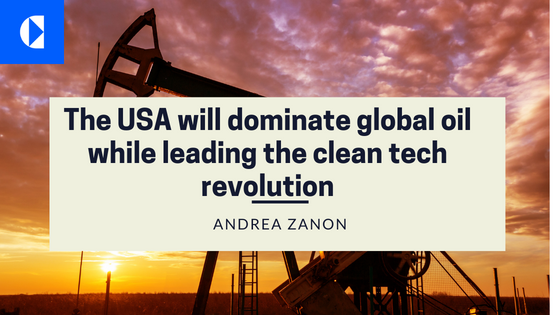The United States has surpassed all other nations to become the largest oil producer in the world. The country achieved a production record in December 2023, producing approximately 13.6 million barrels of oil per day. Projections from the US Energy Administration suggest that production will reach 14 million barrels per day by 2024. This increase is primarily due to a decline in drilling costs, particularly in the Gulf of Mexico, and unfavorable geopolitical market conditions that have slowed down competitors from OPEC Plus, such as Russia and Saudi Arabia.
The shale oil boom since 2005, driven by US-invented technology such as hydrofracturing or fracking, allowed the US to surpass 10 million barrels per day of production, supported by a sustained high price of oil. As of early 2024, the US, which consumes about 20 .1 million barrels per day, is the second-largest exporter of petroleum after Saudi Arabia. Recent US exports are mostly directed to the EU, which seeks to reduce dependence on Russian supplies.
While production is peaking in many countries, the US is expected to account for over half of worldwide expansion in the next five years, according to the International Energy Agency (IEA). Being outside the OPEC Cartel, the US has the freedom to expand its production without being bound by quotas or other limitations. Additionally, the US is a stable democracy where energy markets and investments are predictable and not affected by civil unrest, unlike in countries such as Iran, Venezuela, Iraq, Libya, and even Saudi Arabia, which has suffered drone attacks undermining its oil operations.
In conclusion, the US’s global energy dominance is a double-edged sword, particularly in an election year, as President Biden seeks to secure votes from young Democrats for his renewable energy and climate change credentials. The Biden administration aims to dominate the energy market quietly while promoting a robust transition towards a green-growth future. This transition was jump-started by the 2022 $369 billion Inflation Reduction Act (IRA), an investment package that subsidizes renewable energy, electric battery, energy efficiencies, and decarbonization technology. According to Goldman Sachs, the IRA will generate about $1.2 trillion in clean tech investments, with the majority targeting lower-income communities with lower college graduation rates and lower employment rates.
